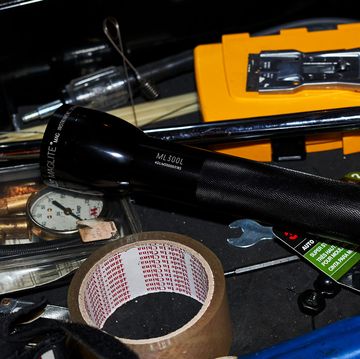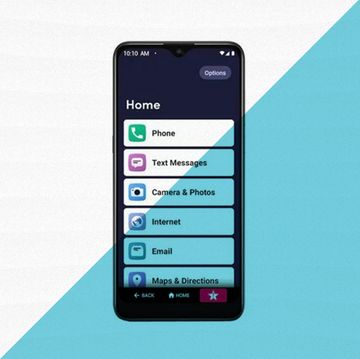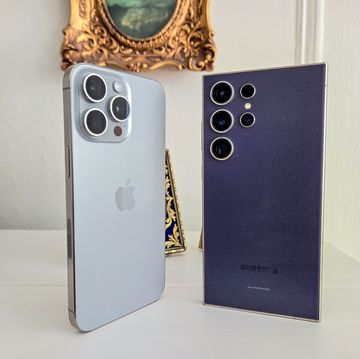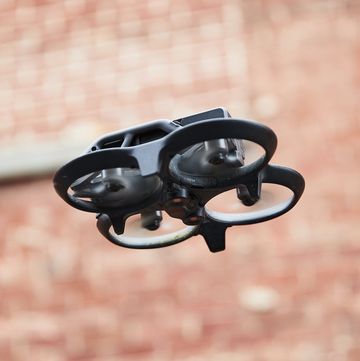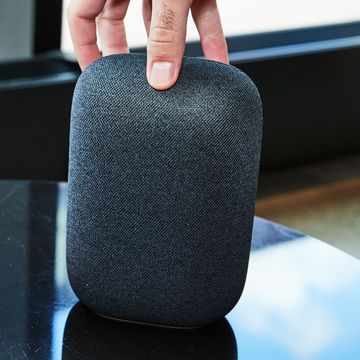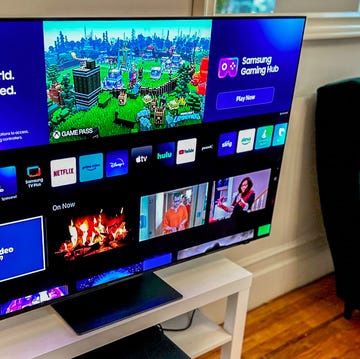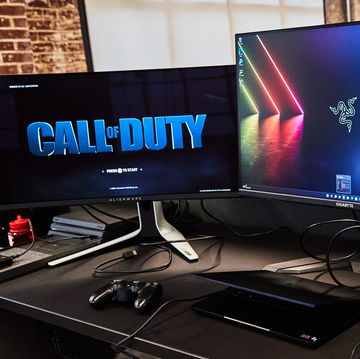We tend to assume that extreme cold and mobile devices just don't mix. After all, cold temperatures can freeze liquid-crystal displays and slow the chemical reaction that gives lithium-ion batteries their charge.
But bringing phones into the cold is unavoidable—if you've ever gone skiing, or you simply live in Chicago, you've certainly spent hours in a freezing environment with nothing more than a layer of denim or a jacket pocket to shield your phone from the chill.
Exactly how cold can a phone get before it stops working? We decided to find out. For help, we called up our friends at Environ Laboratories, an environmental testing facility in Minneapolis used by the defense, aerospace and technology industries to simulate extreme conditions. We gave Environ a sample of six phones from various manufacturers. These models were the type of commodity phones that service providers often give away for free with new contracts—none was billed as "ruggedized" or designed to withstand extreme temperatures. Environ's job was to freeze the gadgets in a temperature-controlled chamber (lowest possible setting: minus 100 F) until all six phones stopped working—no matter how much cold that required.
In other words, we decided to push these phones way beyond the limits of their design parameters and warranties. Beginning at 40 F (the equivalent of a brisk autumn evening in New England), we let each phone run for 30 minutes before bringing the temperature down by 10 degrees. We repeated this incremental temperature drop every half-hour until the phones stopped working. Once a phone died, we gave it one last dash of mercy by bringing it back to room temperature to see if warmth could revive it.
Other than minor hiccups (slight screen dimming, slow key response), none of the phones had any real problems down to minus 10 F, when the low-battery indicator popped up on one Samsung, despite the fact that it had recently been charged. At minus 20, the same phone shut off (plugging it in and turning it on quickly revived it), and the displays of some of the other phones were difficult to read.
Thirty below is where the real fun began, with five of the six phones experiencing serious battery or LCD problems—the display on a Nokia became an unreadable block of blue, while bizarre bars polluted another phone's screen.
Another 10 degrees, down to minus 40, and all but one of the phones was rendered inoperable. The last phone standing, an old Motorola Krzr belonging to a PM staffer, actually remained functional until about minus 55 F, when its battery died.
Remarkably, none of the damage appeared to be permanent—all it took was a return to room temperature to bring all of the phones back to life.
Still, we're electronic sadists, and we weren't going to let our access to Environ's environmental testing facility—and its vats of liquid nitrogen—go to waste. Sure, the coldest temperature ever recorded on earth was just minus 128.6 F (and the continental U.S. has never dropped below minus 70) but we couldn't resist finding out how our toughest competitor could handle a dunk in a minus 314.7 F bucket of liquid nitrogen.
Amazingly, the Motorola phone survived multiple dips in the coolant. The sub-sub-sub-zero swims caused its battery to shut down, but once the phone was warmed up, it came back to life with no visible damage. We even dropped the frozen phone to the floor from hip height. And although we expected it to shatter, the fall barely caused any damage. In fact, it wasn't until we dunked the Krzr in the liquid nitrogen four times, and then forcibly threw it to the ground, that it finally called it quits. Even then, the screen still turned on when the phone was plugged in (although it was unreadable), and, amazingly, the audio still worked. Some keys even appeared to produce a response.
The results were reassuring, if not astonishing. The bottom line: Alaska residents might endure some screen problems or short-lived batteries on cold days, but nothing a warm room couldn't cure. And if our phone can handle repeated swims in one of the coldest liquids on earth, yours can surely survive a day on the slopes without worry.
[youtube]http://www.youtube.com/v/-Uzt8UQVTkU&hl=en_US&fs=1&[/youtube]





